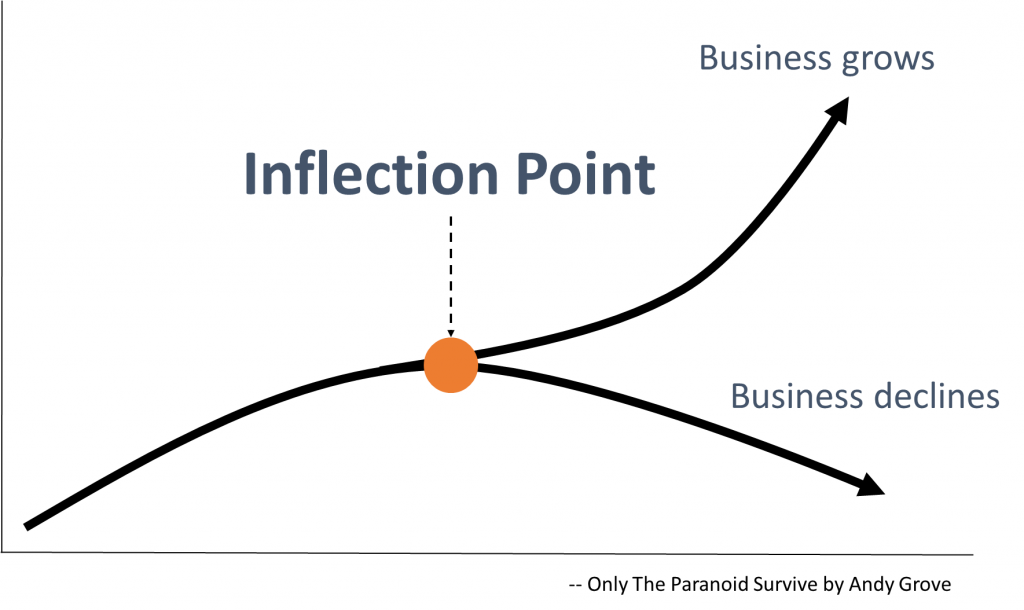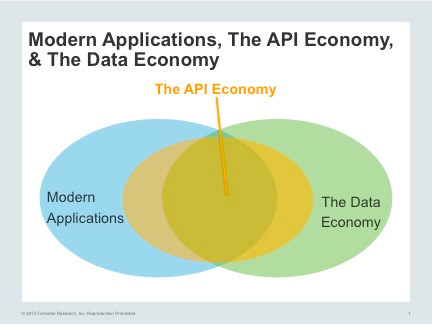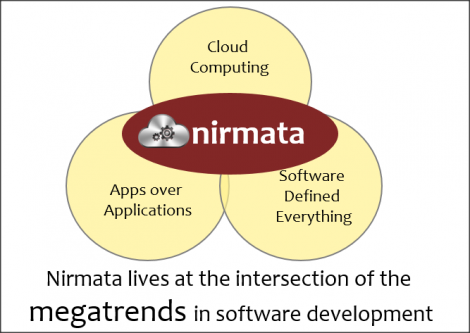Enterprise software is at a major inflection point and how businesses act now will determine their future.
For the last few decades, enterprise software development has evolved around the client-server compute paradigm, and product delivery models where customers are responsible for software maintenance and operations.
Cloud is now the new compute paradigm, and cloud computing impacts how enterprise software is built, sold, and managed. With the cloud-based consumption model, vendors are now responsible for ongoing software maintenance and operations. Cloud computing has also led to solutions that increasingly blur the distinction between “non-tech” products and smart technology-enabled solutions, which is making software delivery a core competency for every business.
Businesses who understand these changes, and are able to embrace cloud-native software development, will succeed. Lets discuss each of these three topics in more detail:
Cloud is the new computing paradigm
Over the last few years Enterprise IT has rapidly transitioned away from building and operating static, expensive, data centers. The initial shift was to virtualize network, compute, and storage and move towards software defined data centers. But once that change occurred within organizations, it became a no-brainer to take the next step and fully adopt cloud computing. With cloud computing, enterprise IT is now delivered “as a service”. Business units interact with IT using web based self-service tools and expect rapid delivery of services.
“...cloud computing is set to become mainstream computing, period” -- Joe McKendrick’s single prediction for 2014
Cloud computing is ideal for product and software development. The key driver here is not cost savings, but business agility. Most software and IT projects fail due to inadequate requirements based on what might have worked before, a poor understanding of customer needs, and lack of data on actual adoption and usage. Cloud computing lets small teams run business experiments faster, and without large capital investments. This enables the Lean Enterprise “build-measure-learn” mindset for product development.
However, software built for the cloud is very different than software designed for traditional static data centers. Monolithic tiered systems, and integrated applications, do not do very well in the cloud. The pioneers who have fully embraced cloud computing, have also evolved to a new software architecture. This is the first driver for the inflection point in enterprise software.
Most of today's applications, and all of tomorrow's, are built with the cloud in mind. That means yesterday's infrastructure -- and accompanying assumptions about resource allocation, cost and development -- simply won't do.
-- Bernard Golden, The New Cloud Application Design Paradigm,
Consumption economics is here to stay
In their engaging book “Consumption Economics”, the authors provide compelling insights into how cloud computing and managed services are changing enterprise IT business models.
In the past, the risk of implementation for any large and complex IT project has been mostly on customer. Even when the customer engages with a vendor’s professional services team, or a system integrator, the customer pays the bill regardless of the project’s outcome.
Enterprise IT customers have also been trained to spend large amounts on the initial purchase of products, and typically pay 10-20% for annual maintenance. IT vendors have been able to mostly pass the burden of system integration, operations and maintenance, including managing upgrades and scalability, to their customers.
The advances in network availability and speed, and the rise of the internet, led to hosted service models. But it was the financial crisis in the last decade that forced vendors to aggressively compete for shrinking IT budgets. During this time, customers could not afford the risks of large IT projects with low success rates, and turned to an “as a service” delivery model. This transition not only replaced expensive CAPEX budgets with lower costs OPEX budgets, but also moved all the risk of implementation & delivery to the enterprise IT vendors.
What this means for businesses selling into the enterprise, is that they now need to invest in building systems that makes it easier, and cost effective, to operate and manage software at scale and for multiple tenants. The businesses who get good at this, will have a significant advantage over those who try and shoehorn existing systems into the cloud.
This is the second driver for the inflection point in enterprise software.
Every business is now a software business
Many businesses provide software as a part, or the entirety, of their product offering. It is clear that these businesses need to deliver software, better and faster, to win.
However, another major transition that is occurring is that software is redefining every business, even those who were previously thought of as “non-tech” companies. This is why in late 2013 Monsanto, an agriculture company, bought a weather prediction software company founded by two former Google employees in 2006. This is why GE has established a new Global Software division, located in San Ramon, California, and has invested millions in Pivotal a platform-as-a-service company. This is also why every major retailer now has a Silicon Valley office.
Businesses who can build software faster, will win. This is the third driver for the inflection point in enterprise software.
Nike’s FuelBand is both a device and a collaboration solution (that’s why Under Armour bought MapMyFitness). Siemens Medical’s MRI machines are both a camera (of sorts) and a content management system Heck, even a Citibank credit card is both a payment tool and an online financial application. Any company that is embracing the age of the customer is quickly learning that you can’t do that without software. -- James Staten, Forrestor
What you can do
Today, for most businesses a cloud strategy is all about delivering core IT services like compute, network, and storage faster to their business teams. This is an important first step, but not enough.
As a business, your end goal is to deliver products and services faster. This translates to being able to run business experiments efficiently, and being able to develop and operate software faster, at scale, and for multiple tenants.
To do this, your business needs to adopt a strategy to embrace cloud-native software. This means a move away from developing integrated, monolithic, 3-tiered software systems, that have served us well in the client-server era, and towards composable cloud-native applications. Like with any paradigm shift you can start with an pilot project, learn, and grow from there.
In this post, I mentioned cloud-native software a few times but did not discuss what exactly that is. While that is rapidly evolving, there common patterns and best-practices in place. In my next post, I will discuss some of these and how you can transform current software to cloud native.
References
- Joe McKendrik, My One Big Fat Cloud Computing Prediction for 2014, http://www.forbes.com/sites/joemckendrick/2013/12/19/my-one-big-fat-cloud-computing-prediction-for-2014/
- Bernard Golden, http://www.cio.com/article/746597/The_New_Cloud_Application_Design_Paradigm
- Consumption Economics: The New Rules of Tech, http://www.amazon.com/Consumption-Economics-The-Rules-Tech/dp/0984213031
- James Staten, Forrestor, http://blogs.forrester.com/james_staten/14-03-17-how_is_an_earthquake_triggered_in_silicon_valley_turning_your_company_into_a_software_vendor



